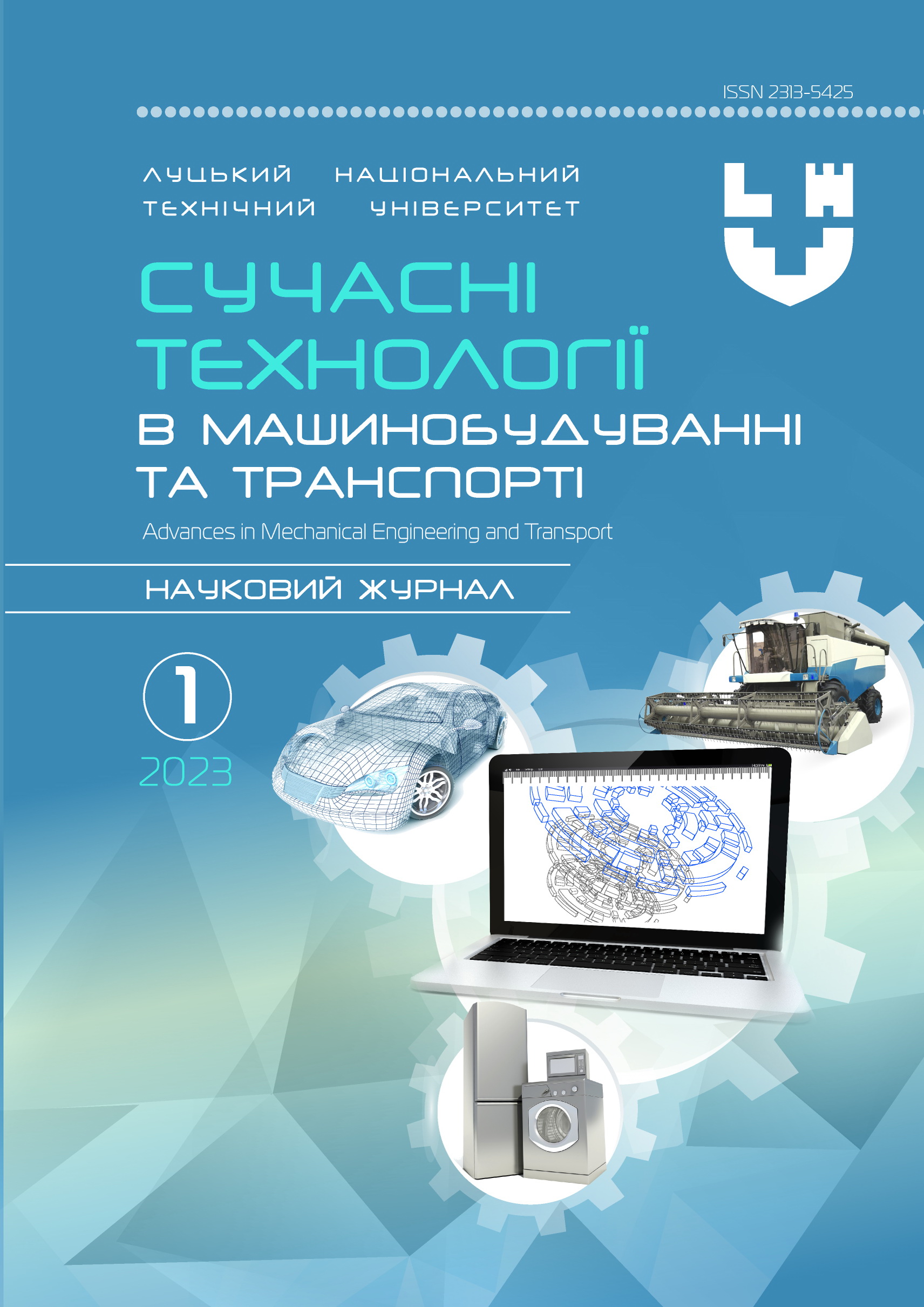Applicability of energy efficiency assessment indicators vehicles
Abstract
The paper examines the applicability of indicators for evaluating the energy efficiency of vehicles, the power plants of which have an internal combustion engine and an electric motor. It has been established that when evaluating energy consumption in internal combustion engines, energy consumption indicators are used in liters per unit of transport work per km or per 100 km, while there is no such unified approach for engines with an electric drive. It was established that the main problem during: comparing the energy efficiency of vehicles of different manufacturers with an electric traction unit; planning and control of energy consumption by a vehicle with an electric traction unit is the absence of a single evaluation indicator. The results of research on the influence of various factors on energy consumption by vehicles and indicators of energy consumption evaluation are considered. Attention is focused on the indicators of the energy load of cars, the level of energy load, the energy efficiency of the car, energy consumption in kWh depending on the mileage and the number of transported passengers for a certain period of time, the amount of spent energy per unit of transport work for the given traffic conditions. In the work, it was established that the research on the consumption of the energy carrier of vehicles of category M3, class I, which have a traction unit with an electric motor, is in the initial stages and requires further research. The necessity of developing and implementing criteria and methods for evaluating the efficiency of energy use in road transport, taking into account real operating conditions, was also established.
Keywords: vehicle, traction electrical installation, energy carrier costs, energy efficiency criterion, energy efficiency assessment.




